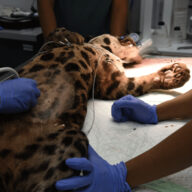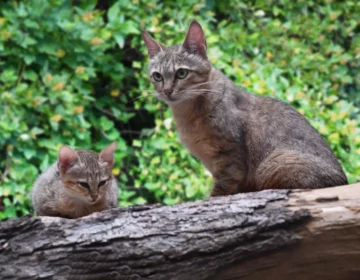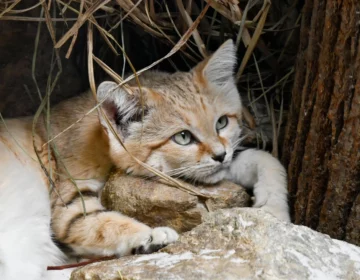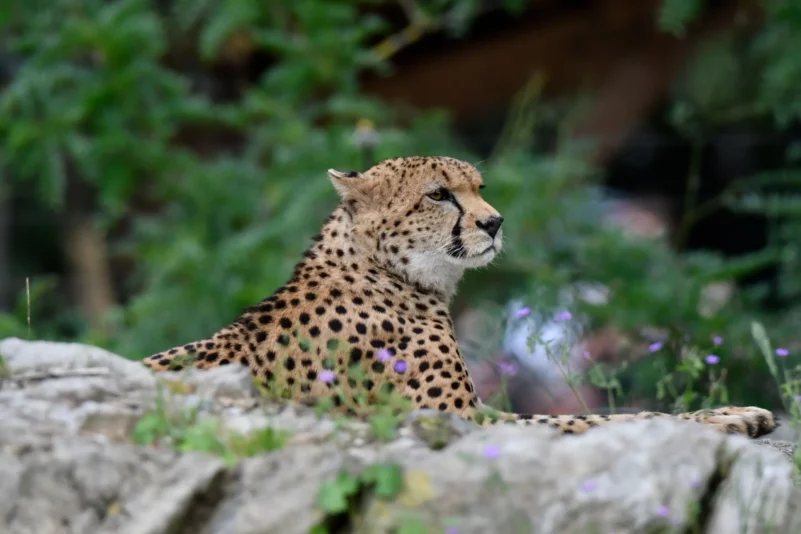
Cheetah
Acinonyx jubatus
Cheetah
APPEARANCE
The cheetah has a fawn-coloured coat covered almost entirely in black, circular spots. Each cheetah has a unique pattern of spots, often used for identification. Cheetahs are easily identified by the heavy black lines extending from the inner corner of each eye to the outside corner of the mouth, often referred to as “tear lines”.
INTERESTING FACTS
The royal cheetah has much larger patches, often merging into stripes. This rare variation in colour pattern is the result of a unifocal recessive genetic mutation. Because it is a genetic mutation, the royal cheetah is not considered a subspecies. Individuals with this specific colour pattern are found in a small area of southern Africa.
The cheetah is known for being the fastest land mammal. These cats have numerous morphological adaptations for speed – long limbs, strong thigh muscles and a very flexible spine, partially retractable claws that give extra grip when running and turning at high speed, and a long tail that helps the cheetah maintain balance while running.
The cheetah has enlarged lungs, heart and nasal passages and smaller canines compared to other felines – the reduction in the size of the upper canine root allows for a larger nasal opening for increased air intake.
DISTRIBUTION AND HABITAT
The cheetah is currently found mainly in the drier parts of sub-Saharan Africa and is still fairly widely distributed in southern and eastern Africa, with two main areas in Namibia/Botswana and Kenya/Tanzania. However, their range is increasingly fragmented and severely restricted.
The cheetah inhabits open grasslands and savannas. It is also found in dry forest, semi-desert, open woodland and shrubland, and is absent from tropical forests. In the central Sahara, the cheetah is found in high mountain habitats, where rainfall is slightly higher than in the surrounding desert.
BEHAVIOUR
The cheetah is mainly active during the day. Recent observations have shown that cheetahs are surprisingly active at night. Activity is positively correlated with the amount of moonlight available.
The social organisation of cheetahs is unique among feline animals. After cheetahs leave their mothers, the male and female usually remain together for about six months before they separate and go their separate ways. After separation, females remain solitary, while males will either be alone or form a group with other males. Such coalitions usually consist of 2-3 males, usually related individuals, but may also be unrelated individuals.
FOOD
The cheetah prefers victims with a body weight in the range 10-56 kg. These include impala, Thomson’s gazelles, springbok, warthogs and other antelopes, but it will also hunt smaller animals such as hares or birds. Coalitions of males often attack larger prey such as wildebeest or zebra antelope.
MAIN THREATS
The main threats to the cheetah are habitat loss and fragmentation, land use change, retaliatory killing and depletion of the food base, which often leads to increased predation on livestock and thus increased conflicts with humans.
